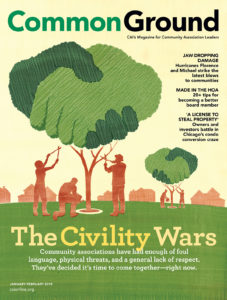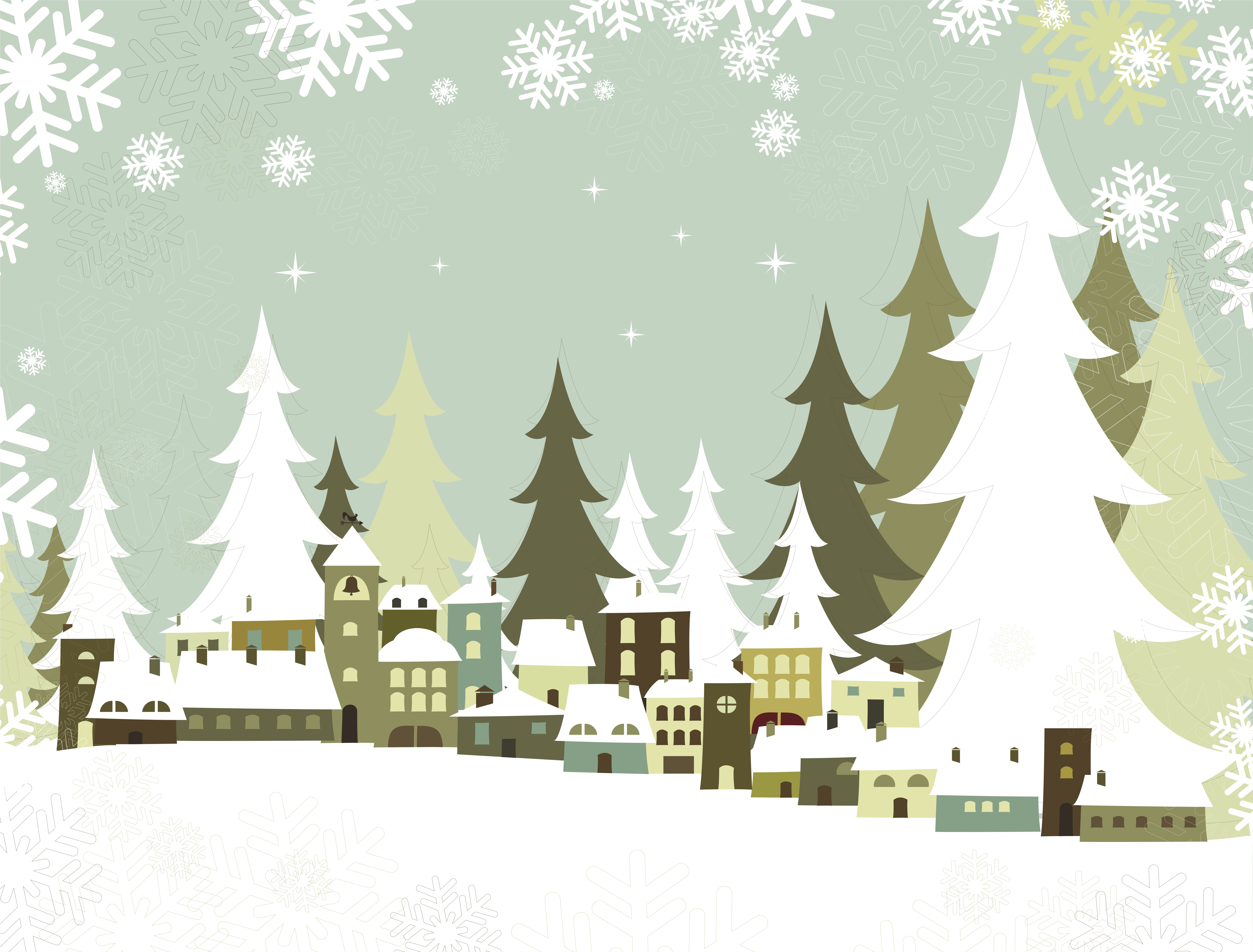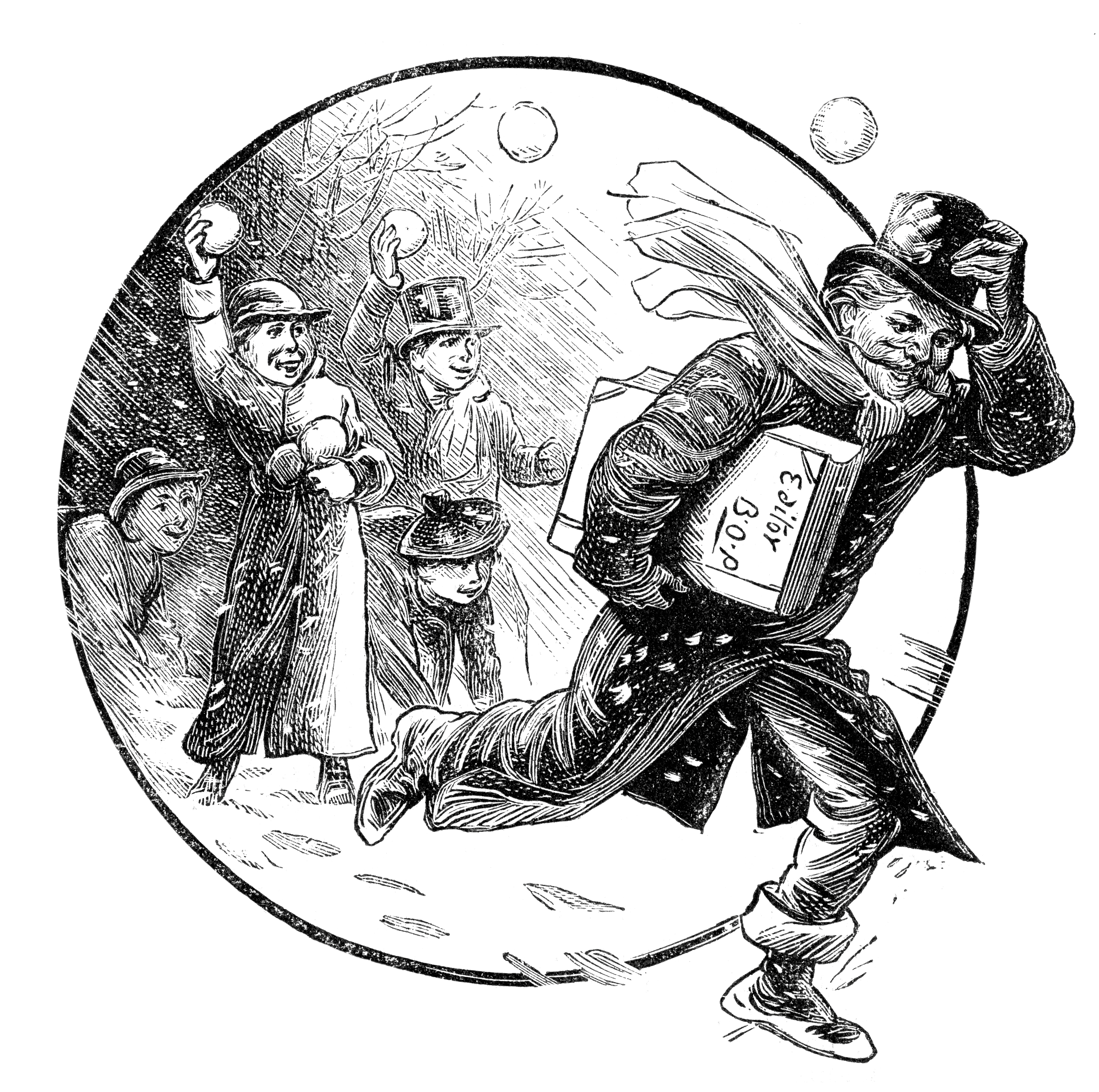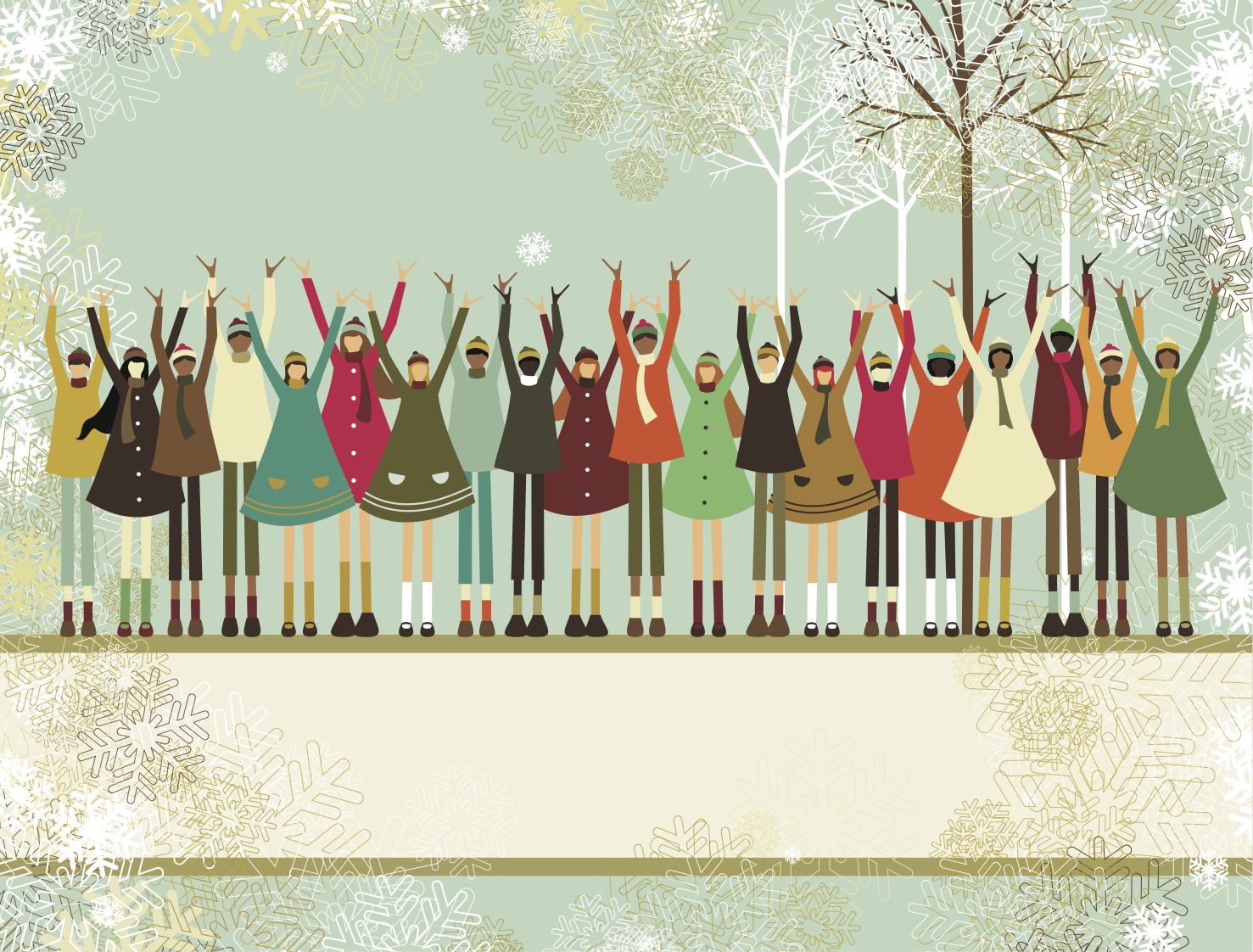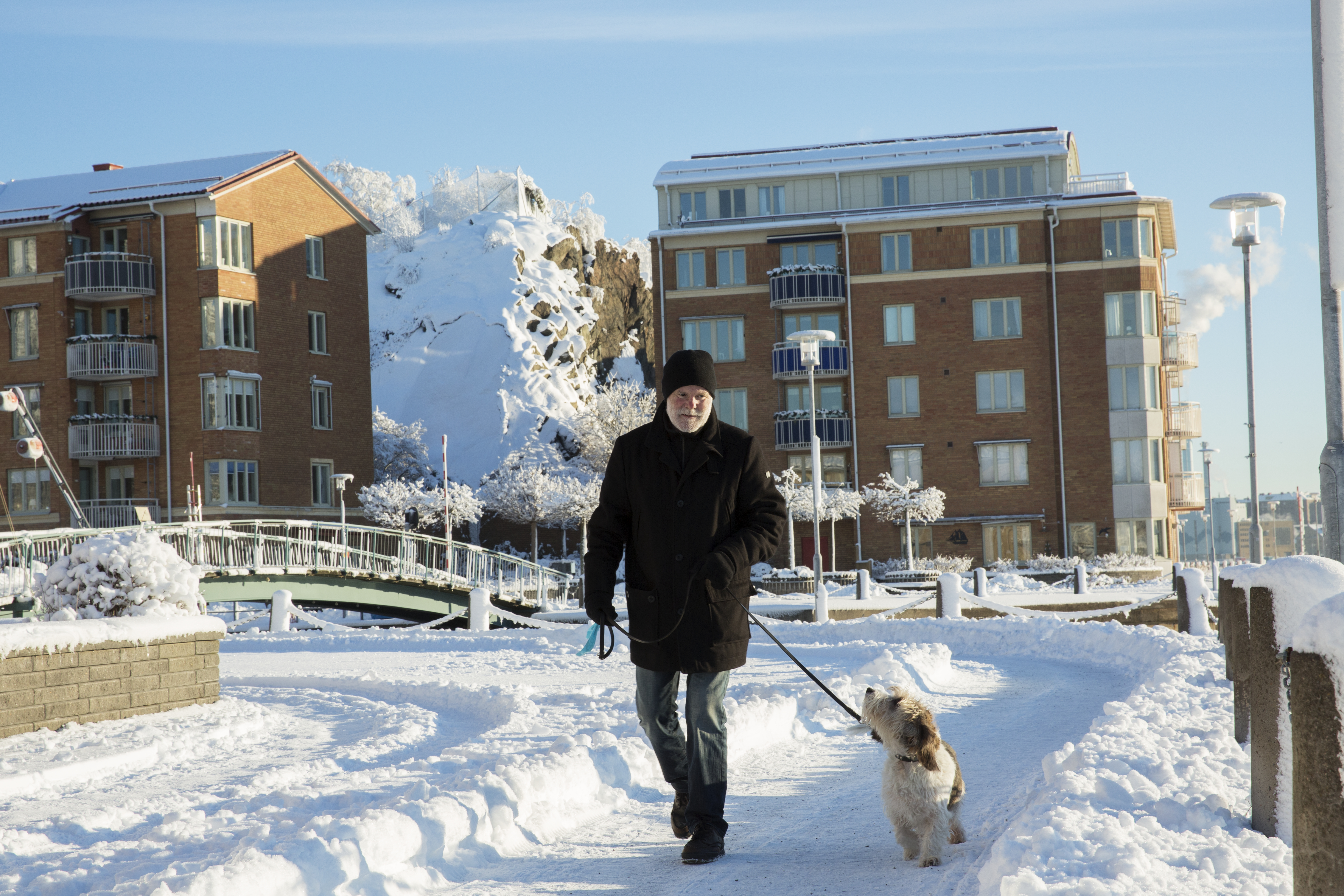A common mistake in state legislatures considering community association manager licensing—and among the general public—is to lump community association managers and property managers into the same bucket. While both are very important roles, they are distinctly different professions with functions, skill sets, and responsibilities specific to each.
A community association manager can manage every type of community: condominium associations, homeowner associations, resort communities, and commercial tenant associations. A community association manager works directly with property owners and homeowners.
Property managers oversee individual rental units or a group of rental units, such as an apartment complex. They’re responsible for managing the entire property, while community association managers are responsible for common areas—not individually owned properties.
“From a legislative standpoint, this incorrect categorization occurs because state legislators misunderstand the nature of community association management,†says Matthew Green, director of credentialing services for Community Association Managers International Certification Board (CAMICB). “They believe that community association management skills are identical to those of a property manager without recognizing the vastly different responsibilities of these two positions.â€
This misunderstanding of the two professions often bleeds into more general conversations occurring in this space. Compounding this is the reality that there’s a slight overlap in a couple of the duties performed. For example, both property managers and community association managers supervise certain maintenance activities, such as swimming pool upkeep and trash removal. But it’s important to understand that community association managers oversee and direct all aspects of running the business operation. This means that they authorize payment for association services; develop budgets and present association financial reports to board members; direct the enforcement of restrictive covenants; perform site inspections; solicit, evaluate, and assist in insurance purchases; and even supervise the design and delivery of association recreational programs.
Property managers are responsible for managing the actual property and therefore handle the physical assets of the unit at the owner’s request. Property managers generally oversee rental units and leases. Their responsibilities might include finding or evicting tenants, collecting rent, and responding to tenant complaints or specific requests. If a property manager is responsible for a vacation or second home, he or she may arrange for services such as house-sitting or local sub-contracting necessary to maintain that property. Alternatively, an owner may opt to delegate specific tasks to a property manager and choose to handle other duties directly.
Stephanie Durner, CMCA, AMS, director of community management at River Landing, a gated golf course community in Wallace, N.C., views the distinction this way:
“While property managers are generally charged with overseeing physical structures that are used by people who are not the owners of the property, association managers represent the property owners themselves and are involved in just about every aspect of the overall community. For instance, if a garage door is broken at a rental house, the tenant would call a property manager or owner/landlord. But if there’s a pothole that needs repair or if a neighbor’s dog is running loose through the neighborhood, that’s a task for the community association manager who both maintains the common areas and upholds the governing rules. To me, community association management is a more holistic approach that contributes to the overall quality of life for all the owners in a community.â€
Green emphasizes that while some job responsibilities are similar, community association managers have additional functions. “It’s critical that community association management be recognized as distinct from property management because association management requires a wider variety of knowledge and skills,†he says.
Because of these differences, community managers and property managers need different training and education.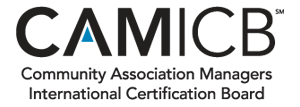
CAMICB offers and maintains the Certified Manager of Community Associations (CMCA) credential, the only international certification program designed exclusively for managers of homeowner and condominium associations and cooperatives. The CMCA credential means an individual has taken and passed the rigorous CMCA examination, proving they have a solid understanding of the business operations involved in being a community association manager.
The post above originally was published on CAMICB’s CMCAcorner blog. Follow along for the latest on the essential credential for community managers.
The post Different strokes, different folks: How community managers and property managers have distinct roles appeared first on Ungated: Community Associations Institute Blog.



